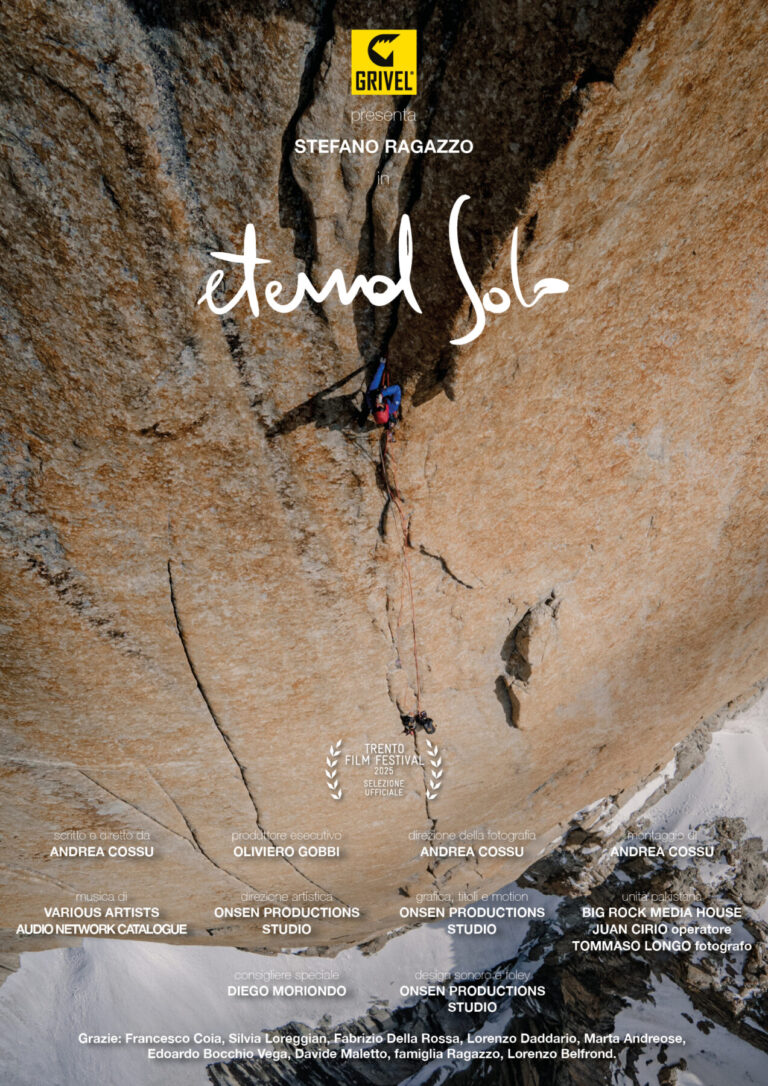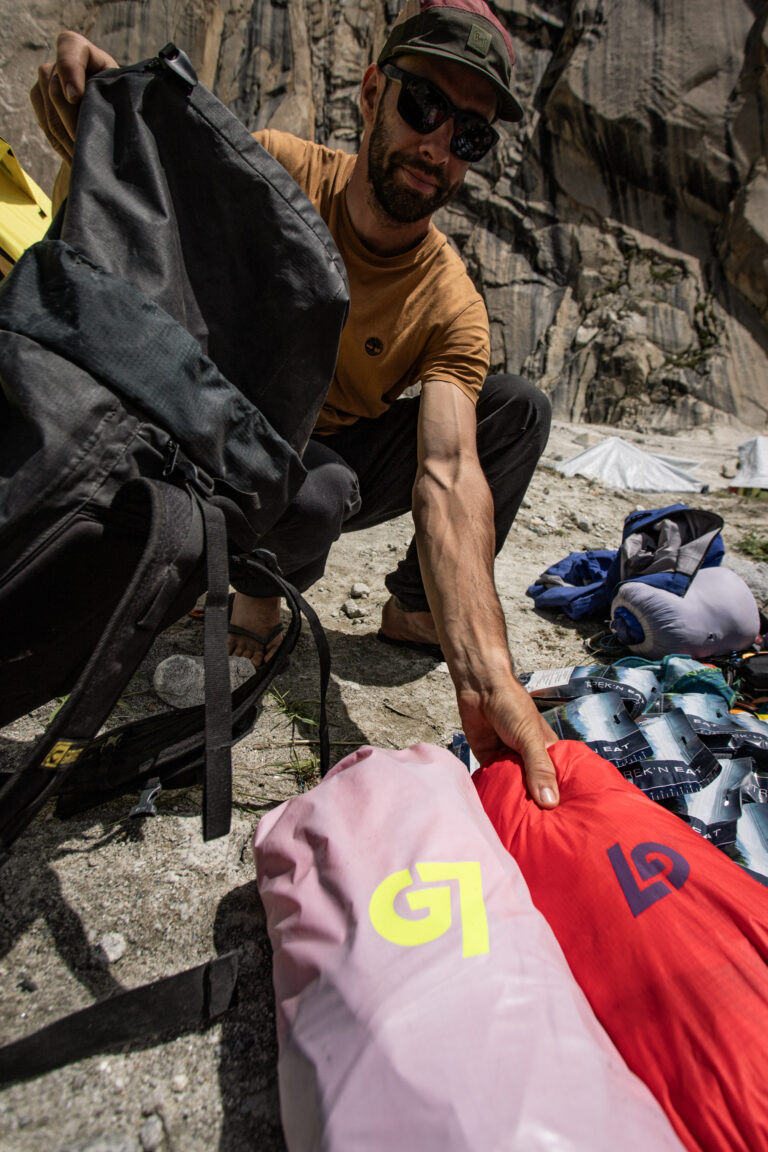Alpine climbing requires a unique blend of strength, endurance, and technical skill. Unlike traditional rock climbing, it demands full-body fitness to handle long ascents, harsh conditions, and heavy loads. Whether you’re a beginner or an experienced climber, structured training can significantly improve your performance.
Cardiovascular Endurance
Alpinists often spend hours—if not days—climbing at high altitudes, making endurance training essential. Incorporate:
- Hiking with a loaded backpack: Simulates real alpine conditions
- Running and cycling: Builds cardiovascular capacity
- Stair climbing: Mimics the effort of ascending steep terrain
Strength and Core Training
Climbing with heavy gear requires full-body strength, particularly in the legs and core. Focus on:
- Squats and lunges: Improve leg endurance and stability
- Pull-ups and dead hangs: Strengthen grip and upper body
- Planks and Russian twists: Develop core stability for balance and control
Technical Skills and Flexibility
Mastering technical climbing techniques—such as ice axe use, crampon footwork, and rope management—is just as important as physical conditioning. Regular practice in controlled environments can help refine your movements and efficiency.
Conclusion
Training for alpinism is a long-term commitment that requires a balance of endurance, strength, and technique. By incorporating a structured plan and regularly testing yourself in real-world conditions, you can develop the fitness and confidence needed for any alpine challenge.











